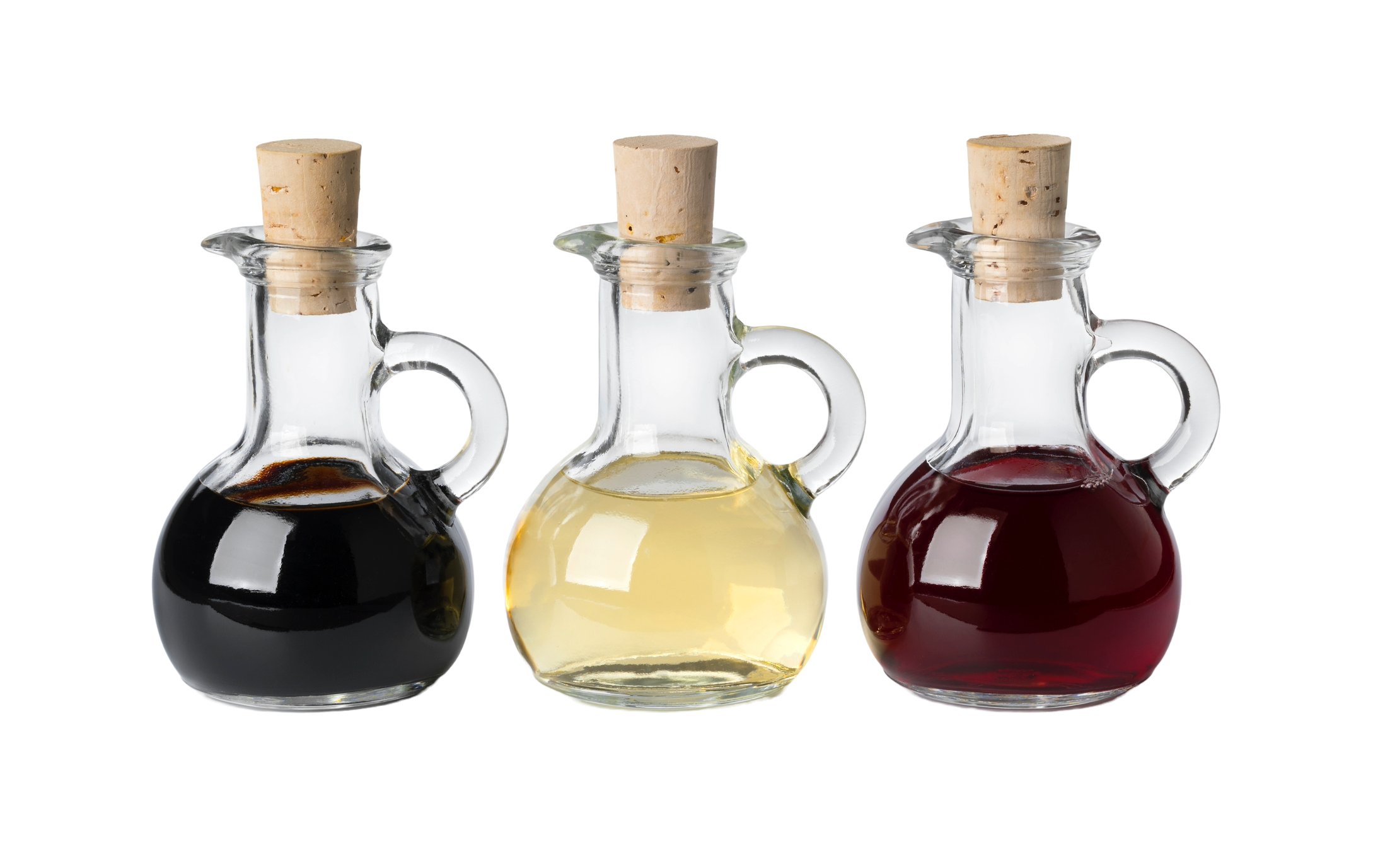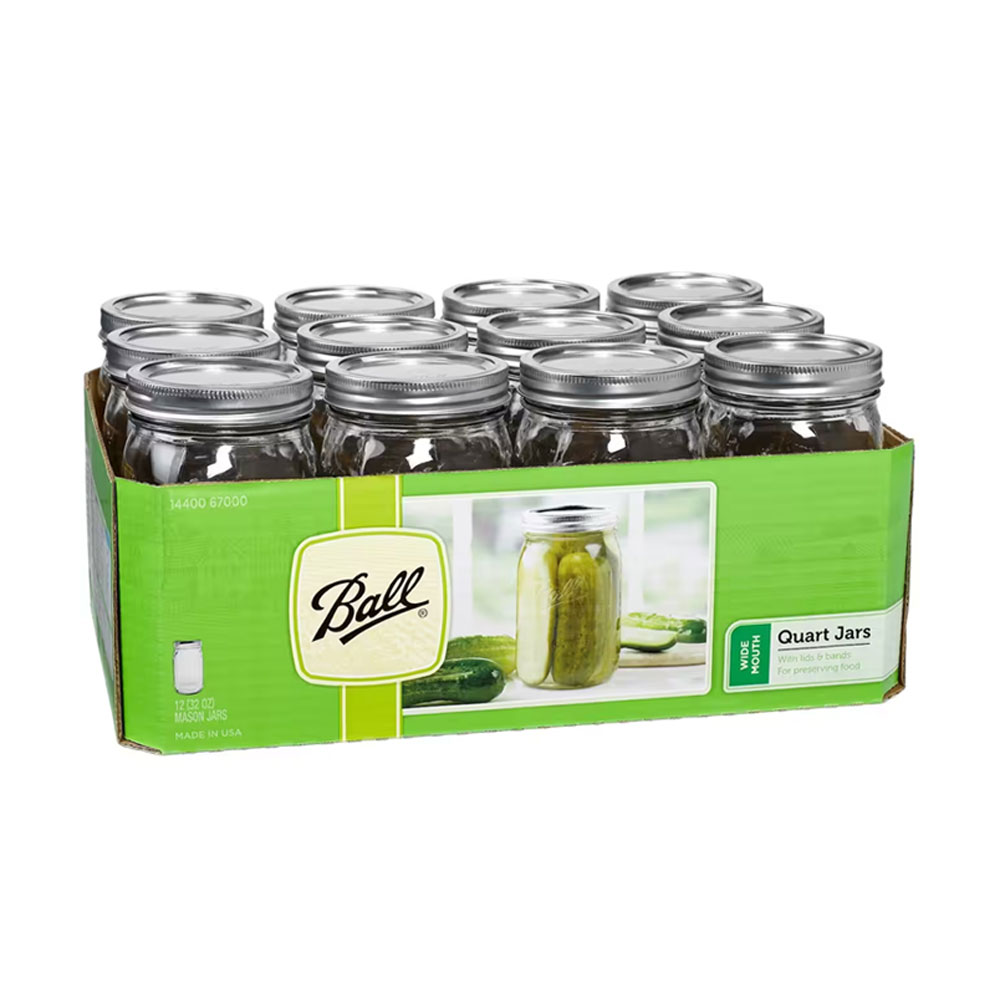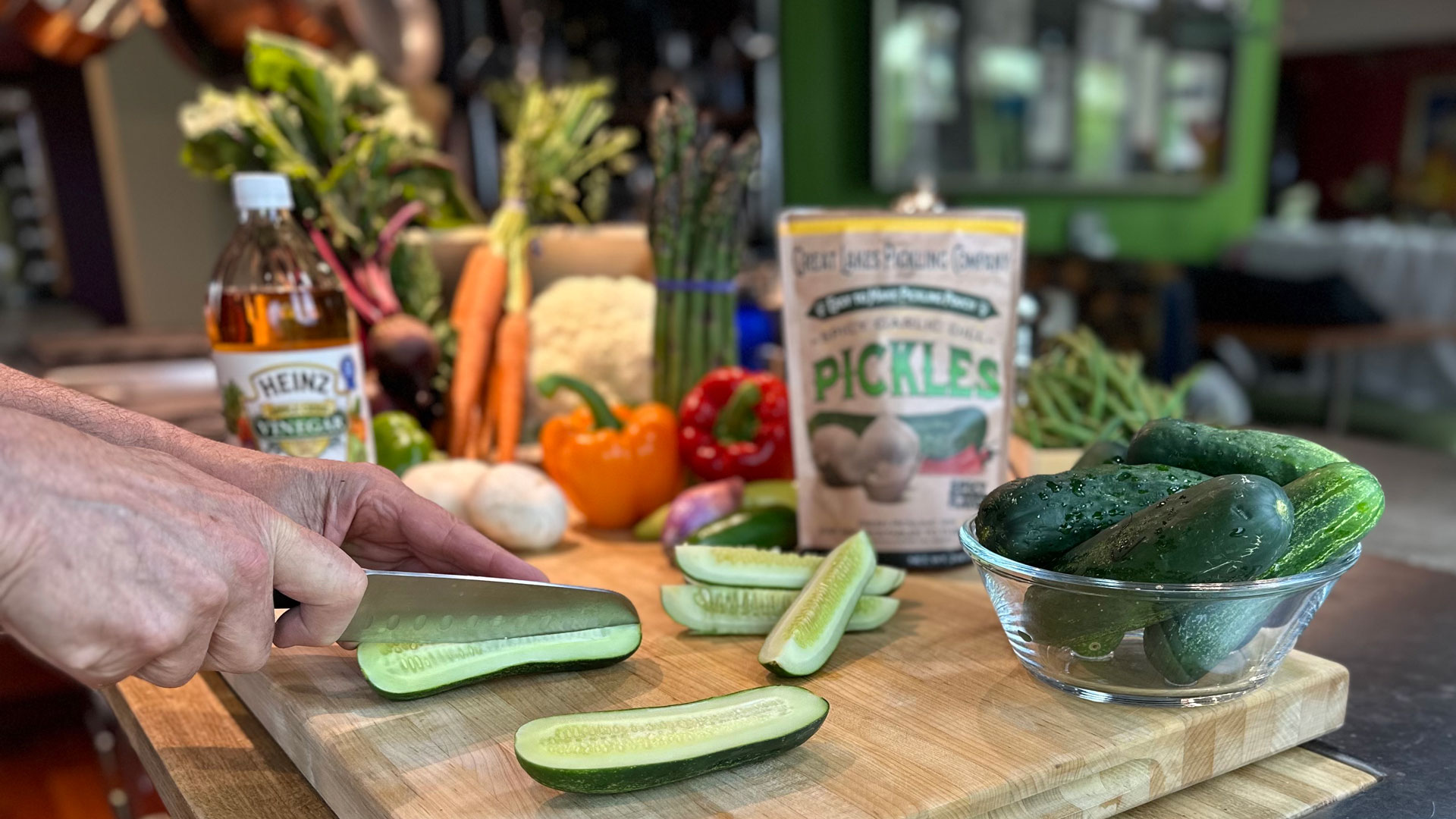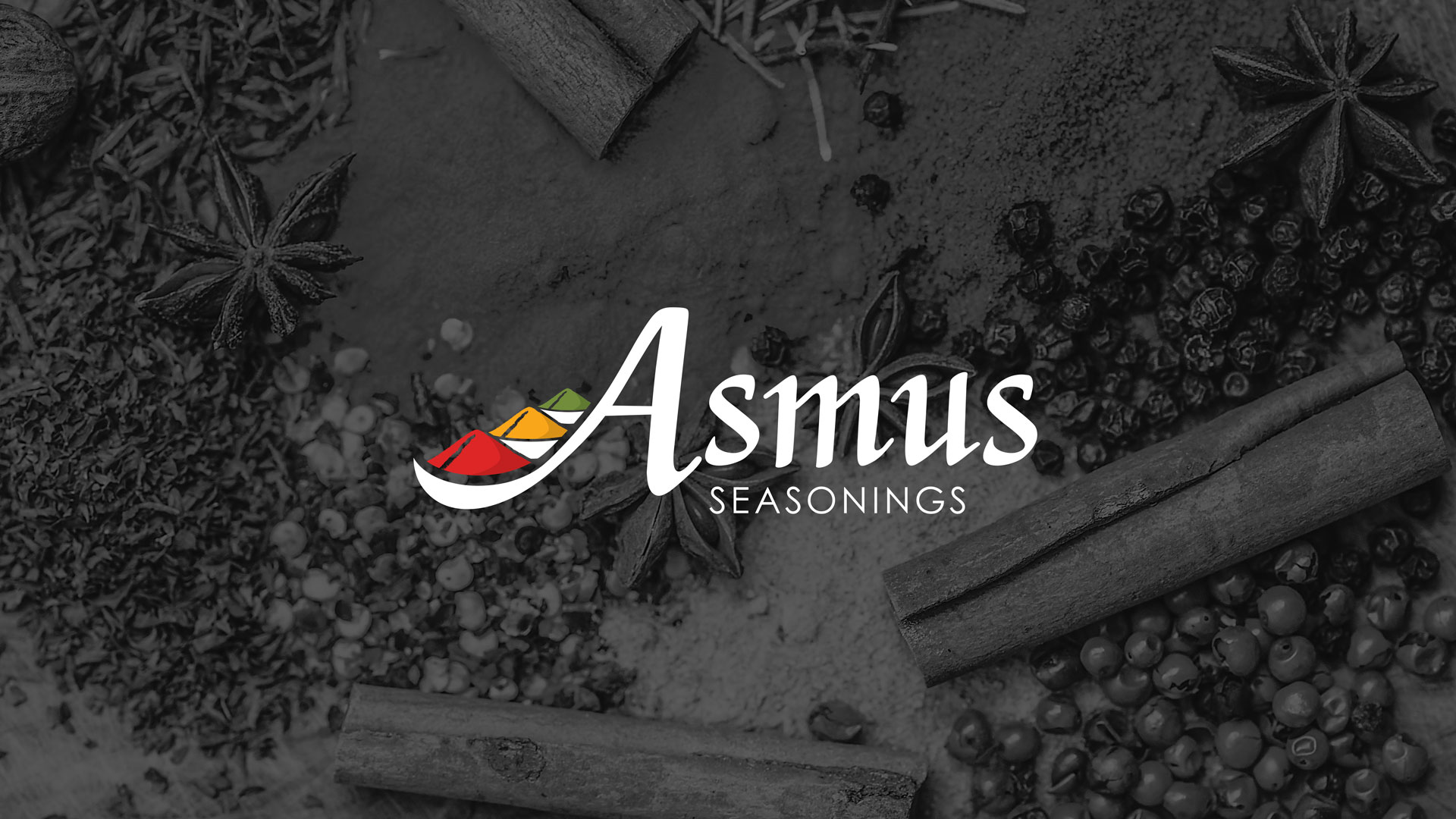Pickling, beyond the whole idea of “preservation”, is all about the many different flavor possibilities.
It’s why pickled vegetables taste so good and why the Great Lakes Pickling Company spends a great deal of time and effort to get our seasoning blends “just right”.
Beyond, the seasonings, and, of course, the vegetables (or fruits) themselves, the next most important ingredient, and one that YOU add, is the vinegar.
Typically, most recipes call for distilled or cider vinegar.
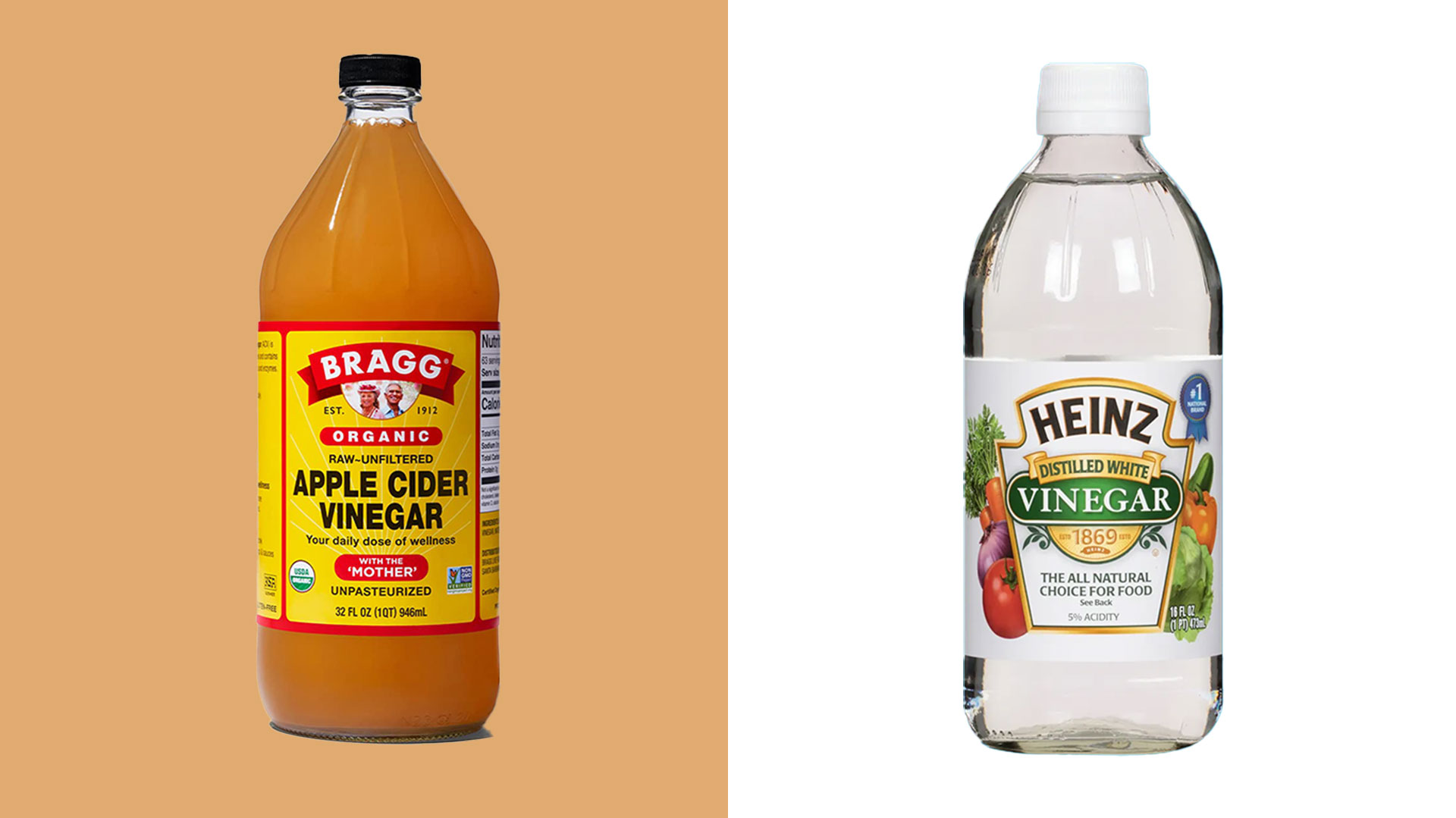
Distilled, or white vinegar as it’s sometimes called, is very neutral, meaning it doesn’t itself interfere with the flavors of either the produce or, the seasonings.
Cider vinegar, on the other hand, has flavor. It is, however, a flavor that marries quite well with almost any product or seasoning used in pickling recipes.
But distilled or cider vinegar aren’t the only kinds of vinegar you can use. And for that matter, water isn’t the only liquid you can add to the vinegar you choose.
There are, however, some caveats.
First, going back to the origins of pickling, preservation is the key. And acidity (or fermentation) makes that happen.
In the case of refrigerated pickling, a pH of 4.5 or lower is essential.
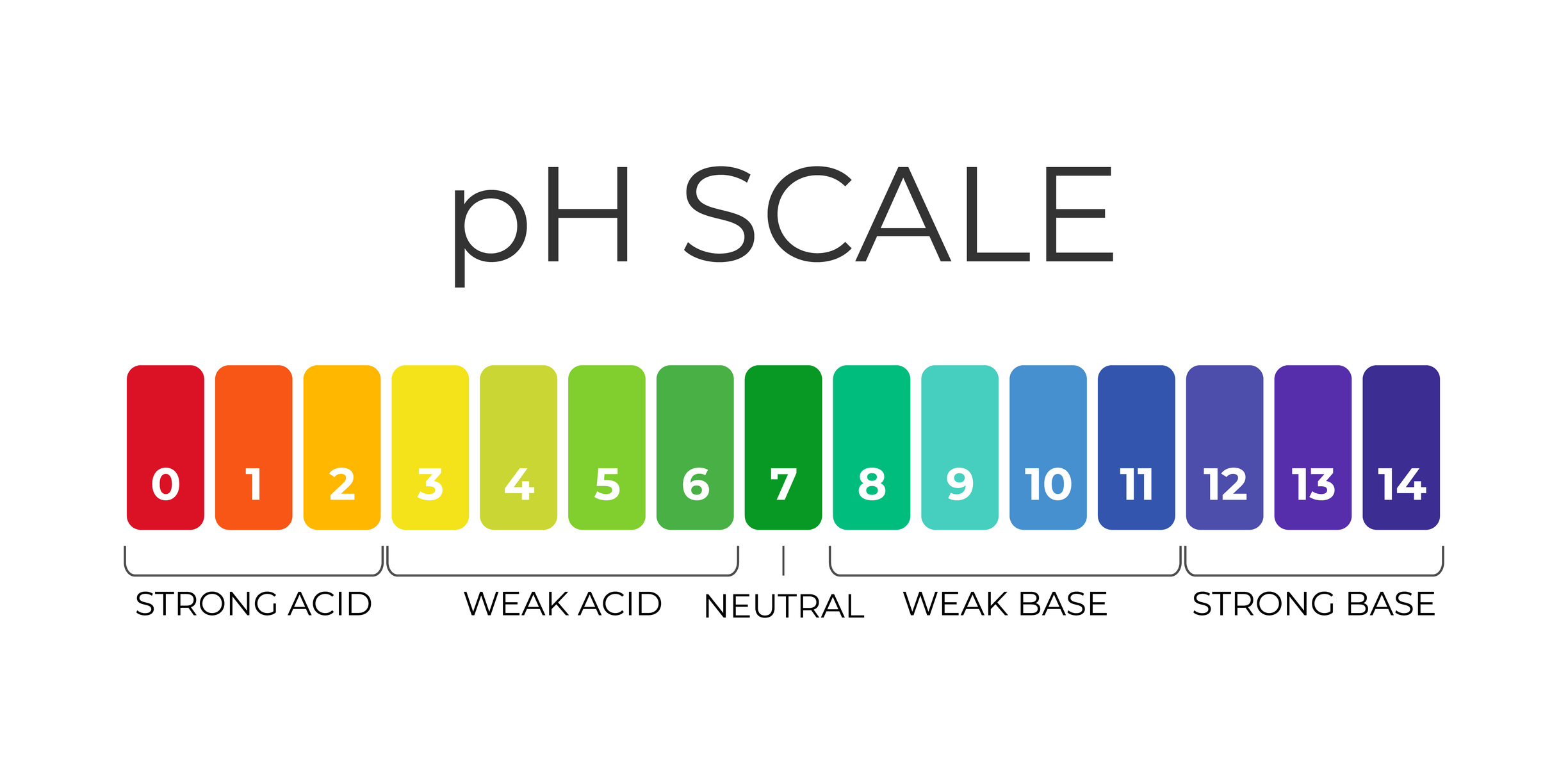
When you then add the prescribed amount of vinegar and water the recipe calls for, you end up with a pH of about 4.5.
Once you seal the pouch, shortly thereafter, the lactic acid produced by your own vegetables takes over, and the acid IT creates lowers the overall liquid to below 4.5 thus safely preserving your pickles.
However, if you use vinegar with a vinegar concentration of less than 5% you would need to add more vinegar and LESS water to your pouch.
Or, another liquid, other than water, that is itself, a bit acidic.
Many different kinds of vinegar can be used for pickling, including red wine vinegar, sherry vinegar, champagne vinegar, and rice wine vinegar, as long as the final pH of the solution (vinegar + additional liquids) has a pH of 4.5 or lower.
That brings lesser-used vinegar into play if you add a bit more vinegar and use less water.
Vinegar such as Champagne, Sherry, Rice Wine Vinegar, White Wine Vinegar, Malt Vinegar, Red Rice Vinegar, and Beer Vinegar all fall into that category.
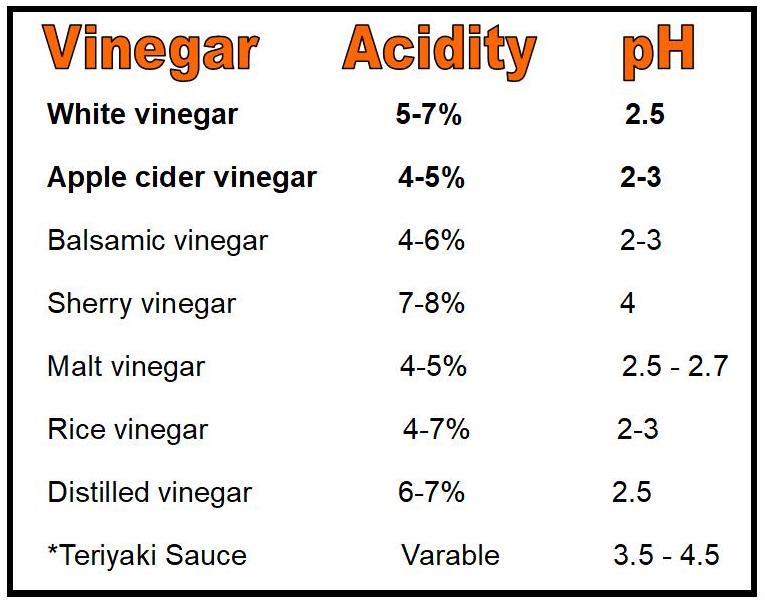
*The acidity and pH of teriyaki sauce can vary depending on the specific ingredients used and the recipe of each brand. The pH of teriyaki sauce typically ranges from 3.5 to 4.5. This mild acidity is what gives teriyaki sauce its tangy flavor and helps tenderize meats when used as a marinade.
The surest way to enjoy trying different combinations of vinegar and liquids is to buy an inexpensive pack of pH test strips.

They are readily available on Amazon and will give you a reliable measurement of the pH of your brine liquids even before you use them for your next pickling project.
One of the more interesting pickling recipes you might want to try is Teriyaki Pickles.
This recipe idea can be used for ANY vegetable you enjoy pickling.
- Granny’s Bread & Butter Pickling Pouch
- Vegetable(s) of Choice
- 1 Tablespoon Chopped Fresh Garlic
- 2 Tablespoons Chopped Fresh Cilantro
- 1 Tablespoon Sesame Oil
- A pH of 4.5 or less of the following combined liquids:
- Rice Vinegar
- Teriyaki Sauce
- Water
Pickling is a deliciously fun kitchen project and one that has many unique possibilities for flavors.
Explore and enjoy!

